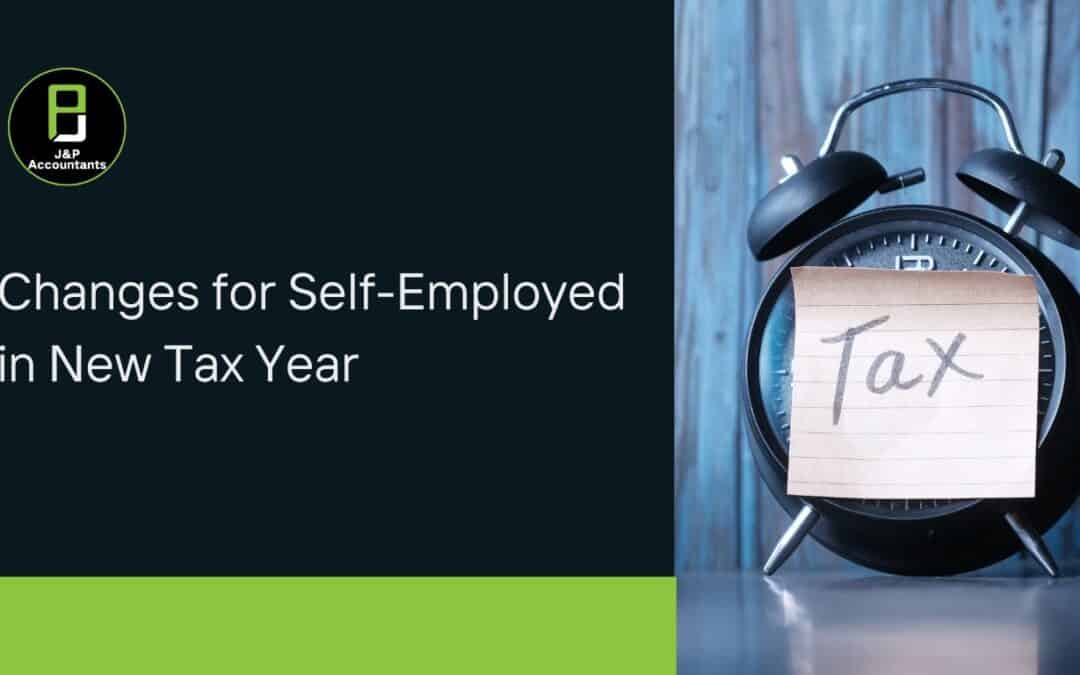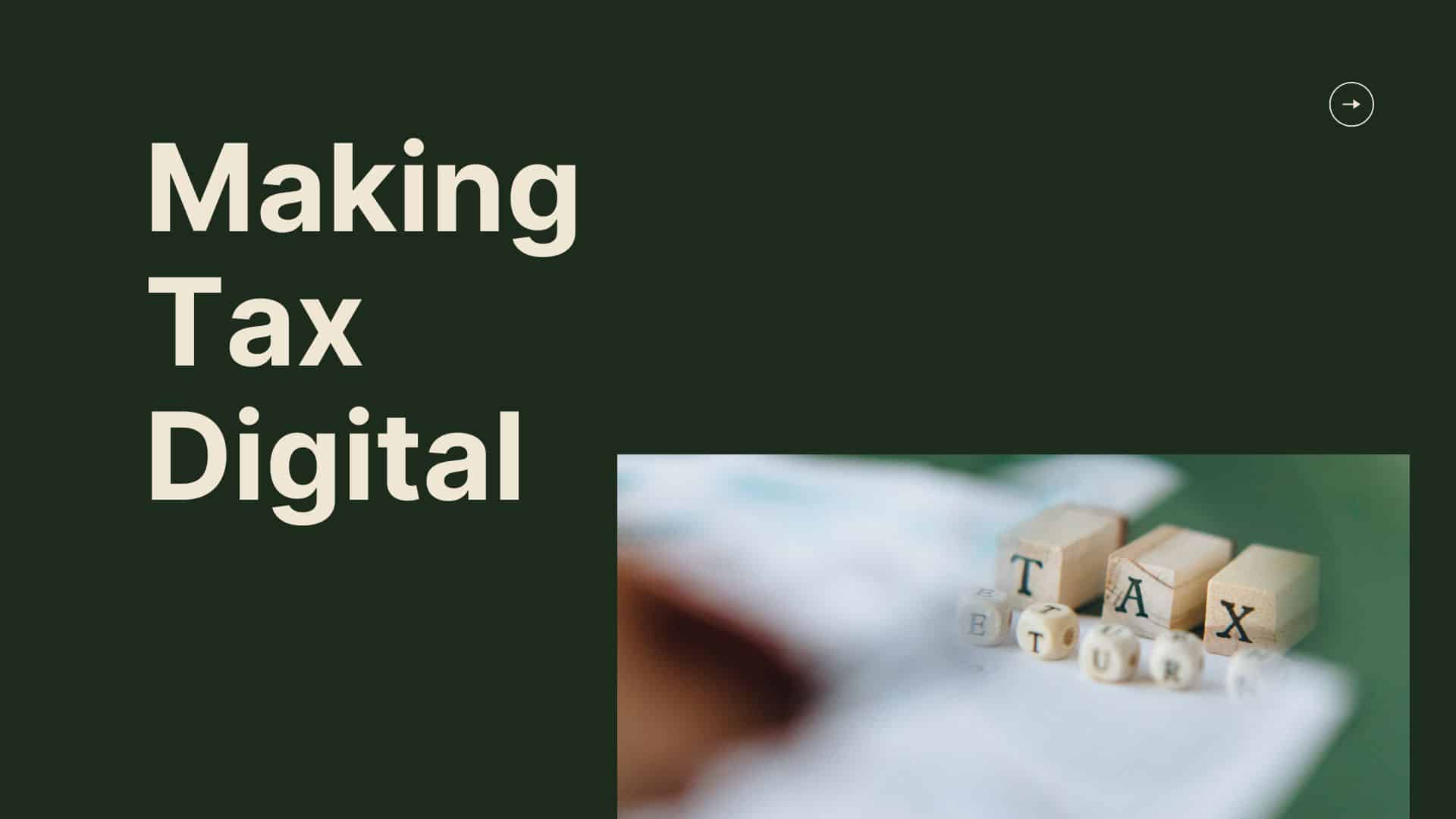April is an important month for individual business owners in the UK, especially as the first month of the new tax year.
As an individual business owner, you may want to learn more about the changes in the new tax year to plan your tax affairs in advance.
If you are planning to start your own business, this is also a good opportunity to learn about tax knowledge.
Making Tax Digital
One major change that is currently happening and will continue to affect individual business owners is the digitization of taxation.
In fact, HMRC announced this decision from the end of 2022 and intends to fully implement it from April 2024.
This change will apply to individual business owners and landlords with taxable income over £10,000.
Currently, many individual business owners have already decided to voluntarily comply with this change from April 2023.
What is Making Tax Digital?
According to HMRC’s requirements, MTD will be introduced in stages and will be divided into different times to facilitate the gradual adaptation of individual business owners with different annual incomes.
Afterwards, individual business owners will be required to record their income and expenses on a digital platform, rather than on paper.
These figures will be required to be recorded on MTD-compatible software and reports must be sent to HMRC on time.
This means that any paper reports may no longer be accepted, but you can always contact HMRC for further support.
Capital Gains Tax
From April 6, 2023, the annual tax-free allowance will be reduced from the previous £12,300 to £6,000.
From April 6, 2024, the annual tax-free allowance for individual business owners and others will be reduced again to £3,000.
This will affect any “chargeable assets” sold after April 6, 2023, such as properties, shares, registered trademarks, etc.
Ultimately, individuals may have to pay more capital gains tax (CGT), up to thousands of pounds.
National Insurance contributions
Individual business owners usually voluntarily pay two types of National Insurance, especially Class 2 and Class 4.
From April 6, 2023, the Class 2 NIC threshold remains the same, but the annual income increases.
The Class 4 NIC threshold increases from £11,908 to £12,570.
For more specific details, you can also consult our professional team for the latest updates.




